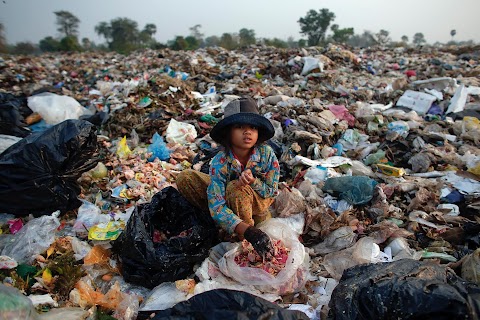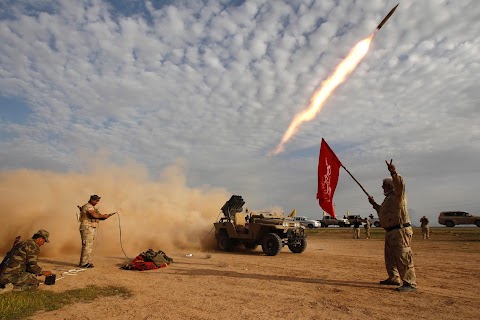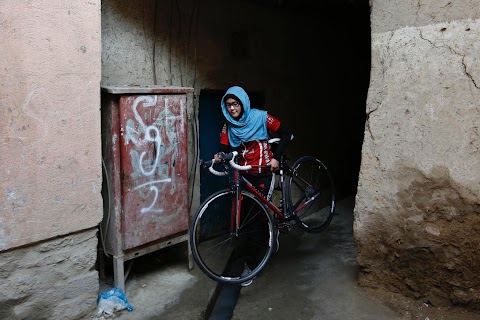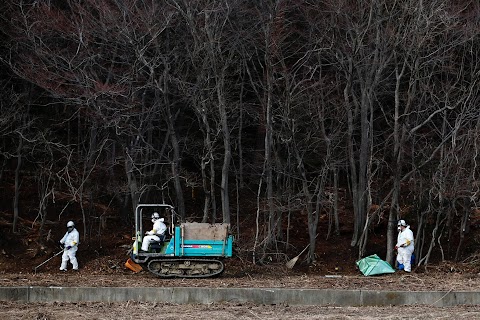
When the sun goes dark
Spectators on the icy Norwegian islands of Svalbard cheered and clapped as they watched the moon eclipse the sun.
The solar event lasted for about 2.5 minutes, and a ring of fire -the corona - was clearly visible under clear skies.
Sequence:
The new moon blocks out the sun, producing a partial eclipse in the sky over Vienna.















. Vienna, Austria. Reuters/Heinz-Peter Bader

While the total eclipse could only be seen in Svalbard and the Faroe Islands, a partial one thrilled people across parts of Europe, Asia and Africa.
Sky gazers used safety glasses, viewing boxes and even exposed x-ray film to protect their eyes while admiring the celestial spectacle.
Slideshow

A partial solar eclipse is seen from near Bridgwater, England.

The eclipse in seen above a mosque in Oxford.

The solar eclipse is seen over Stonehenge.

A total solar eclipse occurs over Svalbard in Norway.

The so-called "Eclipse Flight" from the Russian city of Murmansk observed the solar eclipse above the Norwegian Sea.

Pupils pose with their safety glasses as they view a partial solar eclipse through thick fog in Herten, Germany.

Six-year-old Ellis Knapton views the eclipse at Bradgate Park in Newtown Linford.

A girl holds a home-made protective viewing box during a partial solar eclipse in Greenwich.

People watch a partial solar eclipse from the grounds of Belfast Zoo.

People look up to view a partial solar eclipse around the Giza Pyramids.

Women watch a partial eclipse of the sun through a broken CD in Sarajevo.

A man uses protective glasses to watch a partial eclipse of the sun in Athens.














